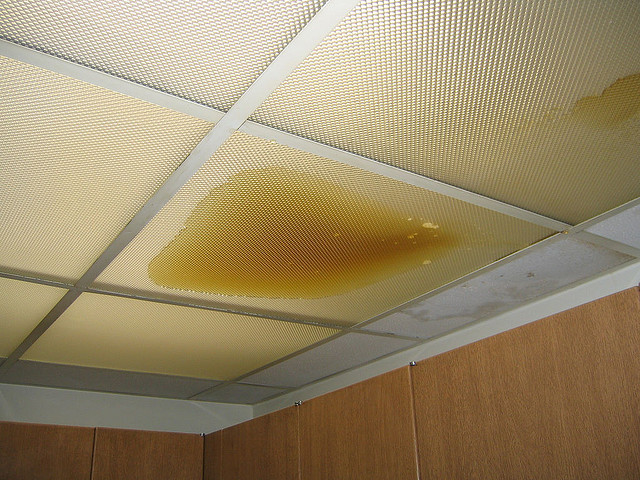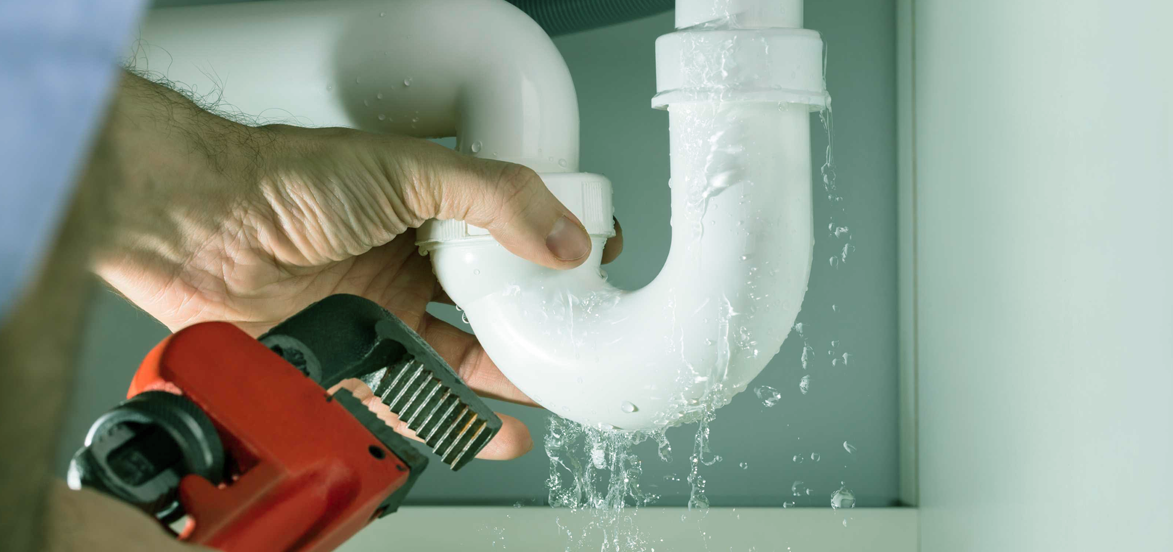Have you been hunting for ideas concerning Detecting hidden plumbing leaks?

Early detection of leaking water lines can mitigate a prospective calamity. Some small water leakages may not be noticeable.
1. Take A Look At the Water Meter
Every residence has a water meter. Examining it is a proven manner in which assists you discover leakages. For beginners, shut off all the water sources. Guarantee no person will flush, use the tap, shower, run the washing equipment or dishwashing machine. From there, most likely to the meter as well as watch if it will transform. Because no person is using it, there need to be no activities. That indicates a fast-moving leak if it moves. If you find no modifications, wait an hour or two and also inspect back once again. This means you might have a sluggish leak that could also be underground.
2. Examine Water Consumption
Examine your water expenses and also track your water intake. As the one paying it, you ought to see if there are any kind of inconsistencies. If you identify sudden changes, regardless of your intake being the same, it indicates that you have leaks in your plumbing system. Keep in mind, your water bill need to fall under the exact same variety on a monthly basis. A sudden spike in your costs indicates a fast-moving leakage.
A consistent increase every month, even with the very same routines, reveals you have a slow-moving leakage that's additionally slowly escalating. Call a plumber to completely check your property, particularly if you really feel a cozy area on your floor with piping underneath.
3. Do a Food Coloring Test
When it comes to water consumption, 30% comes from bathrooms. If the shade in some way infiltrates your dish during that time without flushing, there's a leak between the storage tank and also dish.
4. Asses Outside Lines
Do not fail to remember to examine your exterior water lines as well. Should water seep out of the connection, you have a loosened rubber gasket. One little leak can waste loads of water as well as spike your water costs.
5. Evaluate as well as Analyze the Situation
Property owners must make it a behavior to check under the sink counters and also also inside closets for any type of bad odor or mold growth. These 2 warnings suggest a leak so prompt attention is required. Doing regular examinations, also bi-annually, can conserve you from a major problem.
If you recognize your residence is currently old, keep a careful eye on your heaters, hoses, pipes etc. Check for discolorations and compromising as a lot of pipes and also devices have a life span. They will certainly additionally normally wear away because of deterioration. If you think leaking water lines in your plumbing system, don't await it to escalate. Call an expert plumber right now so you don't end up with a dreadful mess in your house.
Early discovery of leaking water lines can reduce a potential disaster. Some tiny water leakages might not be visible. Examining it is a guaranteed means that aids you find leakages. One small leakage can throw away tons of water and spike your water bill.
If you think dripping water lines in your plumbing system, do not wait for it to intensify.
WARNING SIGNS OF WATER LEAKAGE BEHIND THE WALL
PERSISTENT MUSTY ODORS
As water slowly drips from a leaky pipe inside the wall, flooring and sheetrock stay damp and develop an odor similar to wet cardboard. It generates a musty smell that can help you find hidden leaks.
MOLD IN UNUSUAL AREAS
Mold usually grows in wet areas like kitchens, baths and laundry rooms. If you spot the stuff on walls or baseboards in other rooms of the house, it’s a good indicator of undetected water leaks.
STAINS THAT GROW
When mold thrives around a leaky pipe, it sometimes takes hold on the inside surface of the affected wall. A growing stain on otherwise clean sheetrock is often your sign of a hidden plumbing problem.
PEELING OR BUBBLING WALLPAPER / PAINT
This clue is easy to miss in rooms that don’t get much use. When you see wallpaper separating along seams or paint bubbling or flaking off the wall, blame sheetrock that stays wet because of an undetected leak.
BUCKLED CEILINGS AND STAINED FLOORS
If ceilings or floors in bathrooms, kitchens or laundry areas develop structural problems, don’t rule out constant damp inside the walls. Wet sheetrock can affect adjacent framing, flooring and ceilings.
https://www.servicemasterbyzaba.com/blog/how-to-detect-water-leakage-in-walls/

I'm just very inquisitive about Locating water leaks and I really hope you liked my entry. Do you know about another person who is enthusiastic about the subject? Do not hesitate to promote it. Thanks for your time. Don't hesitate to come by our website back soon.